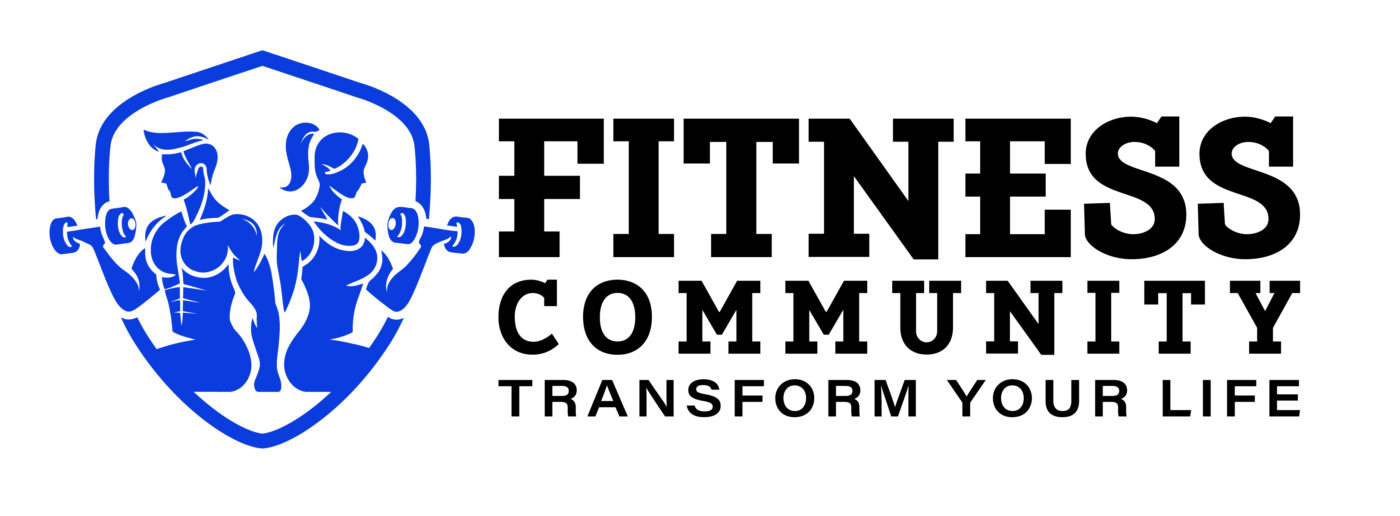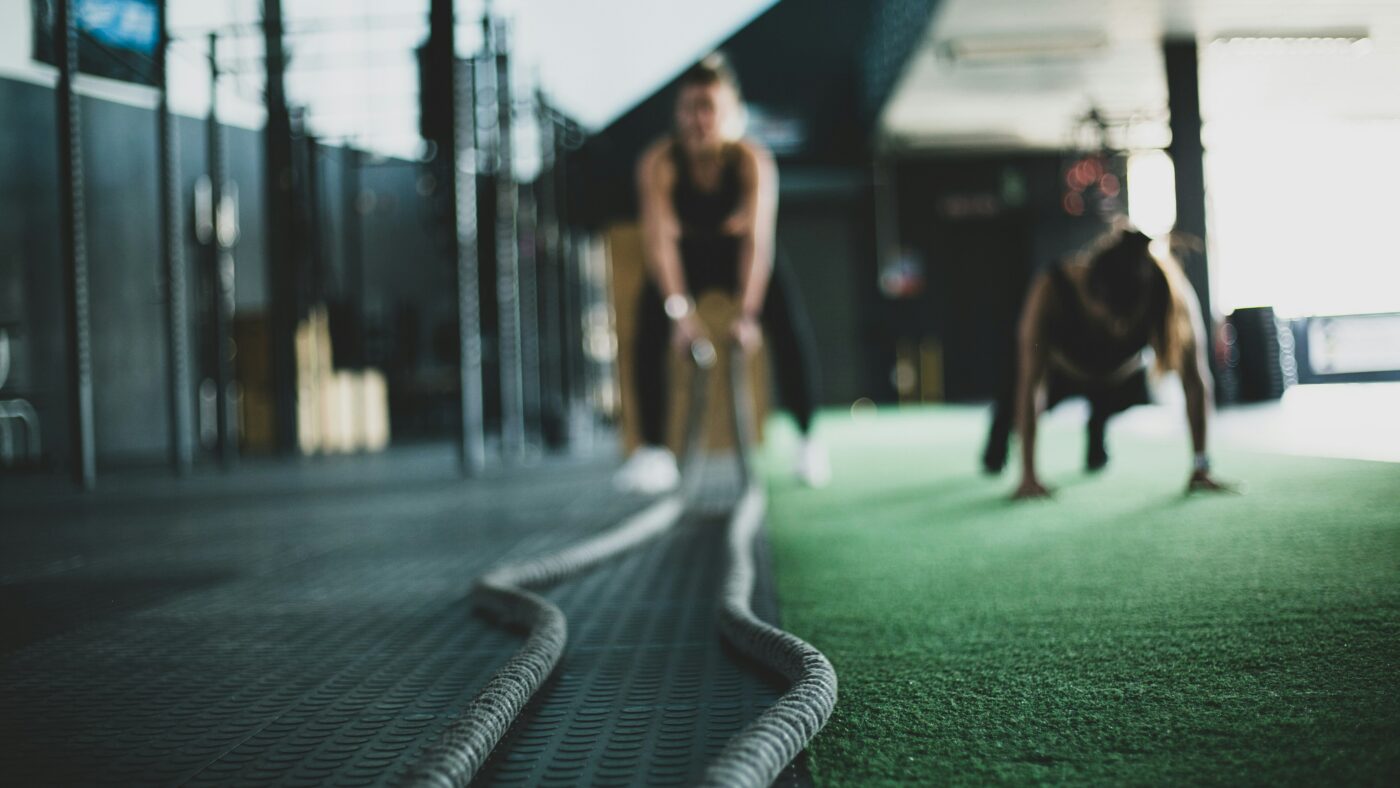HIGH-INTENSITY INTERVAL TRAINING
Low-Impact, High Reward: How HIIT Can Work for Every Body
High-Intensity Interval Training (HIIT) is known for delivering powerful cardiovascular benefits in a short amount of time. But let’s face it—classic HIIT moves like jump squats, burpees, and tuck jumps can be brutal on your joints.
The good news? You don’t need to leap, bounce, or pound your way through a workout to get your heart rate up and your muscles working.
As a coach, I regularly design HIIT-style routines for clients who can’t (or shouldn’t) run or jump, and the results are still impressive. These workouts are low-impact but definitely not low-effort.
Let’s be clear: just because a workout is labeled “low-impact” or “beginner-friendly” doesn’t mean it’s a walk in the park. This one will challenge you from the first round to the last.
Sweaty. Effective. Joint-Friendly.
This particular workout includes simple but effective movements like squats, reverse lunges, and push-ups. When done with intention, good form, and the right tempo, they’ll leave you breathless—in a good way.
It’s accessible for most fitness levels, but there is a caveat: you still need solid mobility and technique to execute the moves properly. If your form is off, you won’t get the full benefit—and you risk injury. So take time to move well, not just fast.
I was genuinely surprised by how tough this cardio session turned out to be. My Apple Watch recorded my heart rate soaring into the 150s, and I wasn’t even pushing to my absolute limit.
That said, I moved at a faster pace than the trainer during some of the sets. Had I matched his tempo exactly, it might have felt a bit more moderate—but still effective.
Form Over Flash: Coaching That Actually Helps
One of the standout aspects of this workout was the coaching. Unlike many YouTube fitness influencers who rely on loud music and minimal guidance, this trainer took the opposite approach—and it paid off.
He used the rest periods to drop simple, clear cues like:
- “Engage your core.”
- “Keep your hands under your shoulders.”
- “Control the movement—don’t rush it.”
These might seem basic, but they’re hugely valuable, especially when you’re tired or new to working out. Even as someone comfortable with squats and push-ups, I appreciated the reminders. When fatigue sets in, form tends to go out the window—so those cues kept me in check.
Make It Yours: Easy to Scale Up or Down
One of the best parts of this routine? It’s fully adaptable.
- New to HIIT? Go at your own pace, take longer breaks, and focus on clean technique.
- Want to level up? Increase your tempo or add light dumbbells to moves like squats, lunges, or even push-ups.
I added a pair of 5-pound weights to a few exercises and felt the difference right away. That small tweak made the session feel more like strength-cardio hybrid—and I loved the extra challenge.
Final Thoughts: HIIT Without the Hurt
This workout proves you don’t need to jump or crash around to get a high-quality, heart-pumping session. Low-impact doesn’t mean low intensity—it just means less stress on your joints.
Whether you’re recovering from an injury, managing chronic pain, or just prefer a more joint-friendly approach, this kind of HIIT offers all the benefits without the burpees.
And let’s be honest: we could all use fewer burpees in our lives.

